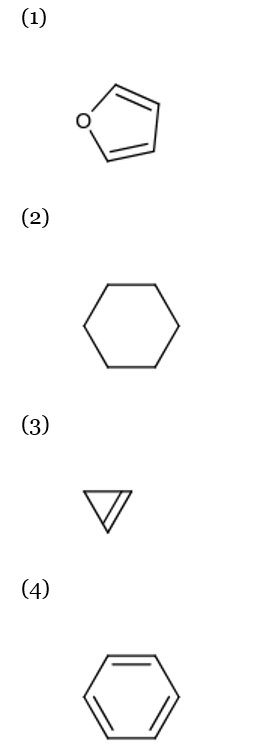Chemistry Hydrocarbon
Get insights from 93 questions on Chemistry Hydrocarbon, answered by students, alumni, and experts. You may also ask and answer any question you like about Chemistry Hydrocarbon
Follow Ask QuestionQuestions
Discussions
Active Users
Followers
New answer posted
2 months agoContributor-Level 10
Bromine water test is a technique used for the identification of alkynes. Alkynes on coming in contact with bromine turn them colourless from reddish brown color. This happens because of the addition reaction which takes place due to the triple carbon bonds of alkynes.
New answer posted
2 months agoContributor-Level 10
Tautomerism is a dynamic equilibrium between 2 isomers, also known as tautomers, where a compound exists in 2 different structures. The most common form is keto enol tautomerism. It is mainly of two types:
- Keto Form: Contains a C=O (carbonyl) group
- Enol Form: Contains a C=C double bond and an –OH group
New answer posted
3 months agoContributor-Level 10
Kolbe's electrolysis is a process where an aqueous solution of sodium and potassium salt undergoes electrolysis to lead to the formation of a symmetrical alkene. Principle of this technique is that at anode, the carboxylate ion undergoes oxidation and loses carbon dioxide (CO? ). Similarly, at cathode the water decomposes to form hydrogen gas. The alkyl radicals formed in these two cases combine to form alkenes.
New answer posted
3 months agoContributor-Level 10
Sodium ethanoate is CH? COONa and given process is soda-lime decarboxylation.
CH? COONa + NaOH - (CaO)-> CH? + Na? CO?
Methane is obtained having molar mass 16. Two moles would be 32 g.
New answer posted
3 months agoContributor-Level 10
Total no. of e?
? Fe → 3d?4s², Fe? ² → 3d? 24
? Mn → 3d?4s², Mn? ² → 3d? 23
New answer posted
3 months agoContributor-Level 10
Noble gases have weak dispersion forces so their melting and boiling point are very low.
New answer posted
3 months agoContributor-Level 10
Aromatization is the procedure of converting an aliphatic compound into a non aromatic compound using a catalyst. This is usually done through the pathwya of techniques like dehydrogenation where a non aromatic compound is converted into an aromatic compound. Examples: converting cyclohexane to benzene, androgens to estrogens, etc. The final product always contains a benzene-like ring structure which follows Hückel's rule.
New answer posted
3 months agoContributor-Level 10
Cyclohepta-1, 3, 5-triene is not aromatic as one carbon is saturated (sp³).
Taking an Exam? Selecting a College?
Get authentic answers from experts, students and alumni that you won't find anywhere else
Sign Up on ShikshaOn Shiksha, get access to
- 65k Colleges
- 1.2k Exams
- 681k Reviews
- 1800k Answers

